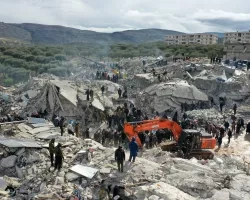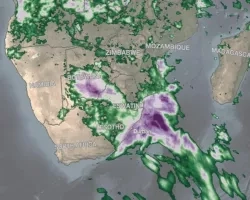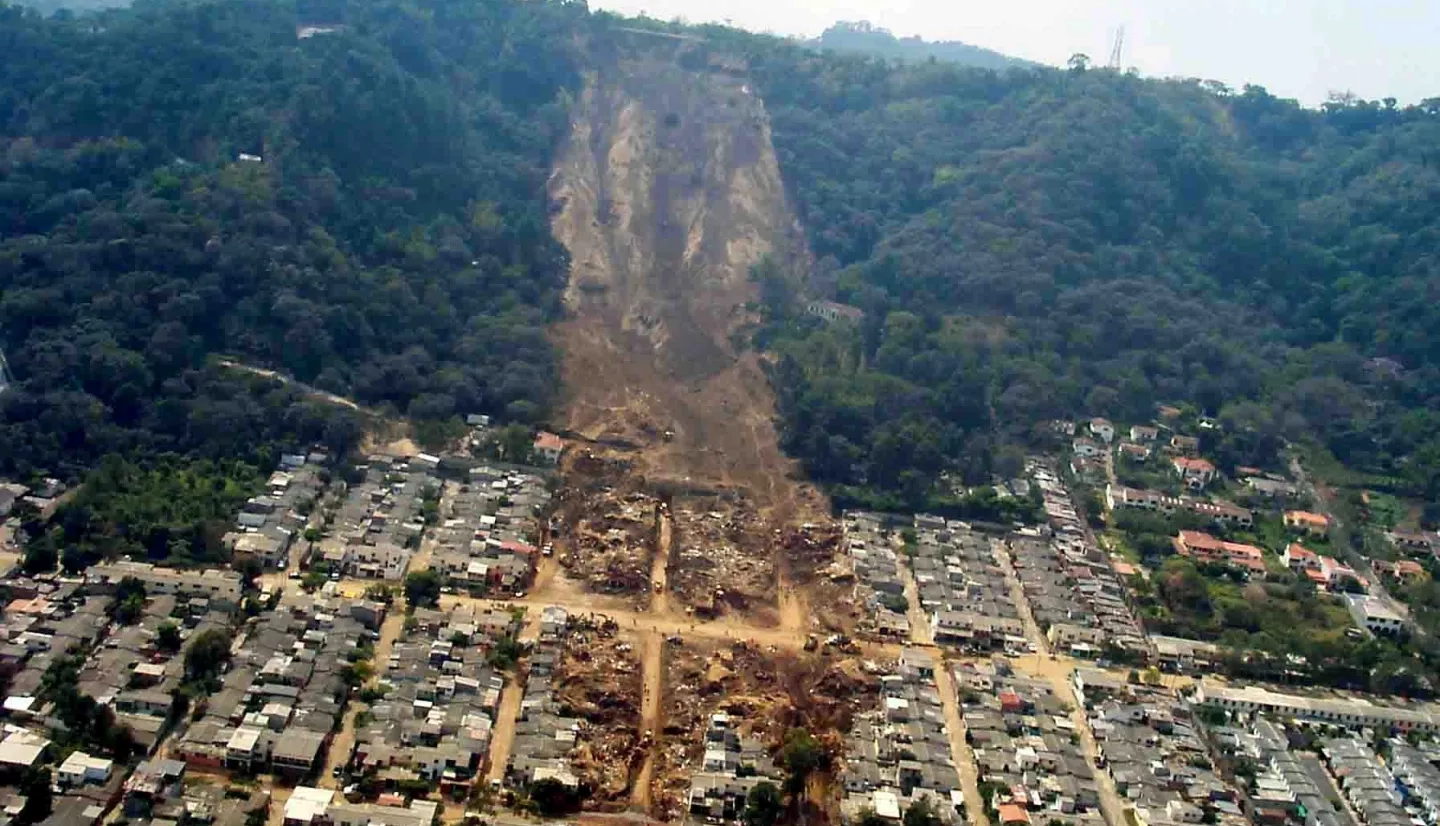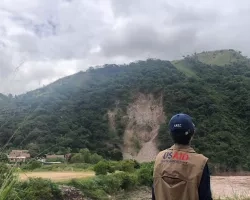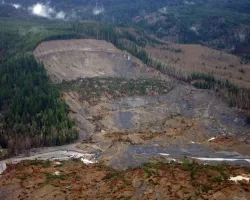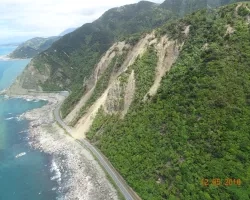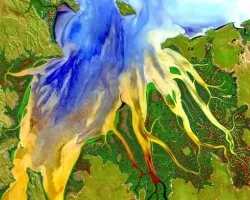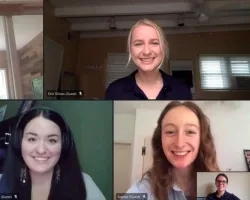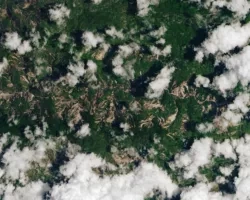Landslides are one of the most pervasive hazards in the world, causing thousands of fatalities and billions of dollars in damages each year.
While landslides are often small in area, significant triggering events can cause greater impacts, resulting in runout or mobilization of debris that can extend for miles. Intense or prolonged rainfall is the most frequent trigger, but seismicity, river undercutting, freeze-thaw processes and human activity can all cause extensive and devastating landslides.
Understanding where and when landslides have occurred, or will in the future, is difficult without onsite ground-based sensors to provide information on triggers, timing and the extent of mass movement events. Remote sensing information provides critical insight to identify landslide activity, characterize the triggering patterns of these events in time and space, assess surface conditions for potential activity and support the full cycle of disaster risk assessment.
There are several ongoing activities to address landslide hazard assessment using remote sensing data. The Committee on Earth Observing Systems (CEOS) Disaster Working Group is leading a Landslide Pilot that aims to demonstrate the effective exploitation of satellite EO across the full cycle of landslide disaster risk management, including preparedness, response, and recovery at global, regional, and local scales, with a distinct multi-hazard focus on cascading impacts and risks.
There are also several initiatives based in the United States focused on monitoring landslide activity for key active areas. NASA is also developing a global landslide model, Landslide Hazard Assessment for Situational Awareness, and a Global Landslide Catalog (GLC) that offers information on rainfall-triggered landslides.
